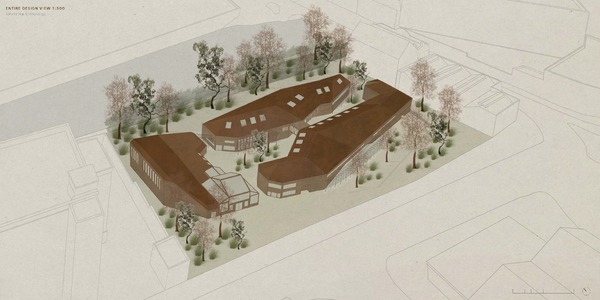Stockport’s forgotten history of its textile industry, specifically in cotton and silk, which was rooted in the slave trade through the River Mersey, was the catalyst for this project.
Social injustice goes hand in hand with the climate crisis - the communities that contribute the least to the problem are usually ones that suffer the most. This prompted a deeper look in how the textile industry functions as well as its impact on our planet. Second to oil, the textile industry is one of the largest contributors to harmful environmental effects and waste, contributing 10% of greenhouse gases, and 20% of wastewater production. The textile industry also has a history, and current predicament, of not being fair trade to their workers, especially due to the fast fashion industry. Thus, this scheme aims to research, manufacture, teach and educate the public and professionals about new sustainable bio-textiles and collecting headstock textiles for use, as well as having space for exhibiting textile-based art. This scheme works to promote a circular economy in the industry that is fair and sustainable.
The design did not focus solely on the built aspect of the new design, but equally looked at the retrofitting and preservation of the on-site building and listed building, and the landscaping and re-wilding strategies as equally important elements to consider. The scheme explored the implementation of outdoor public space and internal public courtyards that were both landscaped implementing new vegetation such as mulberry trees, linking the scheme back to the silk industry, as well as a rewinding scheme bordering the River Mersey as to encourage landscape to recuperate its lost biodiversity and health.


